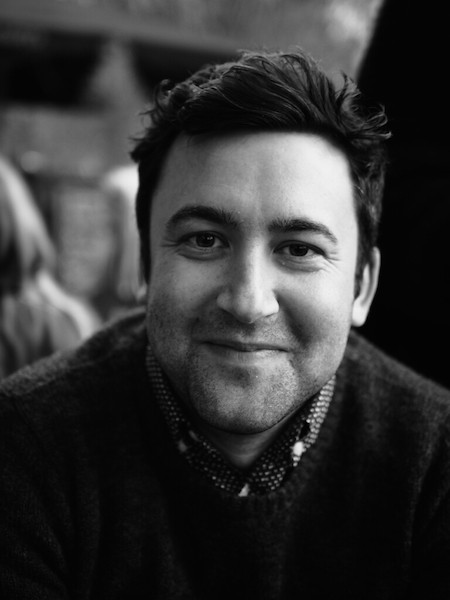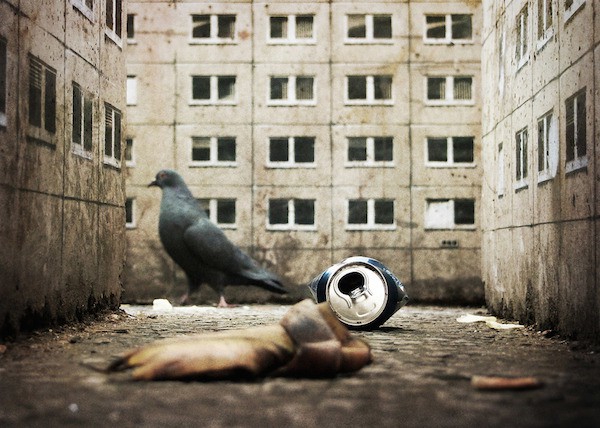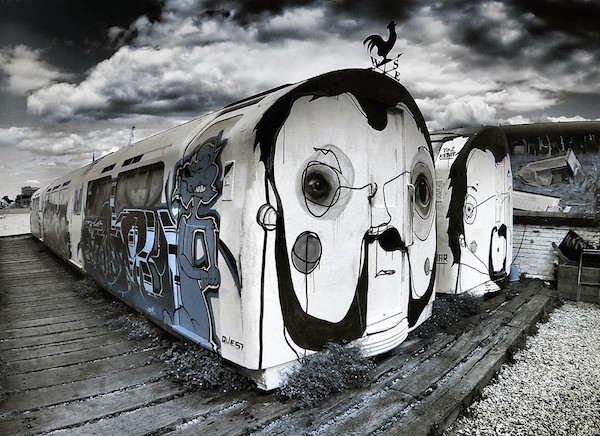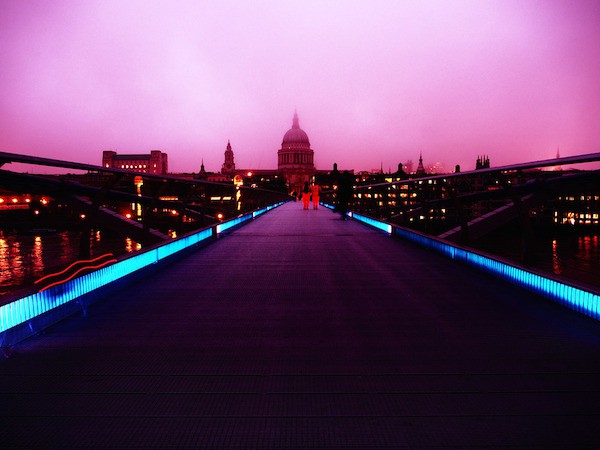Share
How this London Photographer Got 70,000 Followers on Twitter
This interview with photographer Nicholas Goodden originally appeared in our free downloadable guide, The Ultimate Guide to Starting Your Photogra...
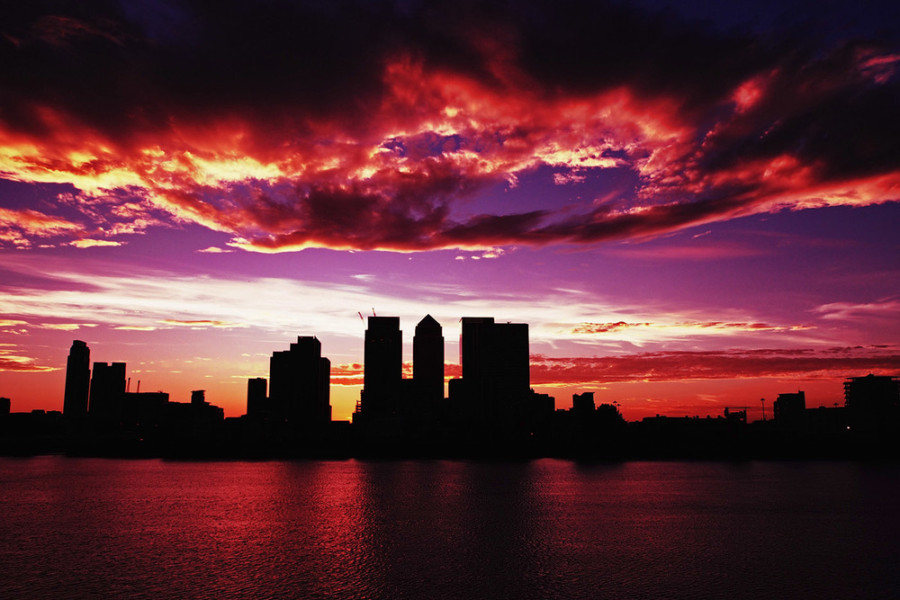
This interview with photographer Nicholas Goodden originally appeared in our free downloadable guide, The Ultimate Guide to Starting Your Photography Business.
Born in the United Kingdom but raised in France, London photographer Nicholas Goodden has been shooting since 2008. A trained chef who worked in hospitality for several years, Goodden has a passion for urban landscape photography, but also shoots interiors, events and food. Named one of the Top 100 Most Socially Influential Photographers by Eye-Fi, you’ll find him most often on Twitter, where he has over 70,000 followers. We caught up with Nicholas in our latest guide,The Ultimate Guide to Starting Your Photography Business to pick his brain on how photographers starting out can use social media to build their brand and even connect with potential clients.
What is your main focus for marketing your work?
The main way people find me is through Twitter. It works the best by far. I also work hard to make sure people find me on Google.
We’ve gone past the days of sales techniques where you cold call people and you twist people’s arm to come and see what you’re doing. You’ve got to dig a little bit fur- ther and make people first like you and trust you, and people think of you as someone who actually knows what he’s talking about. That’s what I try and do.
How did you build such a large Twitter following?
I try to be intelligent in the way I build my following by targeting the people that I follow who will then follow me back. I’ve followed a lot of people who are photographers themselves. A lot of people who are from London. Twenty percent of my following is from London, which is important because if I want to get some work it will probably be London-based. I follow companies that would likely use my services, like PR companies and creative agencies. I follow them, and I follow the people who follow them. I do a lot of research into who are the best people to follow.
Have you paid for any of your followership?
It’s all grown organically. I haven’t paid for any of it. There’s no point in it because when you pay for followers you get people that aren’t really interested in what you do. Having the numbers without having people who are interested in what you do is useless.
What kinds of things do you post on Twitter?
It’s a lot of work. I spend probably two hours a day on Twitter. I believe in social media karma. I do a lot of promoting of other people. I don’t think being on social media you should just talk about yourself. Especially online, people don’t have a very high attention span, and if they see someone who just talks about themselves, there’s absolutely no point. So I talk a lot about photography, post links, and promote other people. Once in a while I’ll post a link to my website and talk about what I’m doing, but I try and be very conscious and careful of not doing it too much.
What kinds of opportunities have come your way through Twitter?
My involvement with Olympus UK was entirely through Twitter. I bought my first Olympus camera about four years ago and decided to engage with them on Twitter. I posted photos I took with their camera, and they started retweeting them, and I retweeted their content too. I was lucky enough that they liked what I was doing. About a year later I had a solo show in London where I was doing two exhibits, my urban landscapes of London and a bit of street photography, all shot with their camera. I approached them and told them about my show; one thing led to another, and they decided to sponsor my show and pay for all the printing and framing. So it was a good gesture and good publicity for them as well. Since then they’ve been involving me in a few of their events. I’ve got a new show coming up which they are again sponsoring. Because of the sponsorship, 100 percent of the sales are going to charity. It works both ways and it works very well. It’s a good collaboration.
How do you leverage your following?
Having a big following doesn’t mean that you’re the most famous photographer in the world, but a lot of people see your number of followers and assume you must be good at what you’re doing. The first time I realized I could leverage my following was the day I wanted to take photos from the top of a rooftop, but it was very difficult to access. I emailed that company and explained that I was a photographer with a substantial social media following and that it would be good exposure for them as well. The doors straightaway opened and I could take the photos I needed. So I realized that people were very approachable as soon as they knew that I was not just asking for something but I could offer something back.
What are some other ways you’re marketing your work?
I use some other social media channels. They don’t work as much, but I try to explore other venues. I use Pinterest; I use Instagram lightly, but I recognize I should use it more. I use Facebook. I also make sure people find my website when they look for what I’m doing. So I ask myself what would people look for if they were on Google and they were to search for something similar to what I do. Initially, I thought I needed an SEO agency to do work for me, but I had a terrible experience with SEO agencies. They wrote text for my website which wasn’t making any sense. It was just stuffed with keywords. It was not nice at all to read, so it put me off very quickly and I’m working on it myself.
Did you build your website and start your social media following before you got your first few clients?
Yes, it took me about three years of hard work to build my web and social following, and I was also still shooting. You can’t forget as a photographer that what matters most is to take photographs. I think many photographers get caught up in the marketing and social media, etc., and suddenly realize they’re not taking photos anymore.
What tips do you have for finding and approaching new clients? 
I think people need to sit down and make a list of who their work could appeal to, whatever the industry that they’re in or genre of photography they take. Think about who would be interested in your work and what would people search for on Google to find the work.
Don’t be afraid to contact people, but don’t do hard sales. Contact people and give them a little bit of praise for what they do.Try to find people you relate to. For me, it was restaurants, for example. I love food. I wouldn’t mind emailing a general manager and saying I love their food, and, oh, by the way, I’m a photographer, but I’m not trying to sell you anything.
I don’t think you should be ashamed to make yourself look a little bit bigger than what you are. Confidence is really important. You need to be humble, but present yourself in the best possible way. Be sure and make your potential clients sure that you will deliver. When you get that first client, from there try to land subsequent clients that are slightly bigger. It will take time, but people will take notice if you keep going up a little bit in terms of quality of clients you work for.
I think you need to really be open to new opportunities; you’ve got to sniff out opportunities, keep your eyes open all the time. I think awareness is very important. Make sure you don’t let any opportunities pass. Don’t be afraid, just go for it.
Any mistakes you’ve made along the way?
Yes. At first when I was learning social media I was doing the opposite of what I’m doing now. I was talking only about myself. I was posting links to my website 10 times a day. And I got some pretty forceful messages and some people just got really bored of seeing me pushing my website. I learned. It’s fine to make mistakes as long as you learn from them.
Tell me about StreetPhotographyLondon.co.uk and why you started it.
StreetPhotographyLondon.co.uk is a collective of the best street photographers in London. It’s my drive to promote other people. I’m sure they can do fine with- out me, but I enjoy doing it. I have a gallery for each photographer plus a question and answer “about” page for each photographer and links to their websites. All of them contribute to our blog. I also interview other international street photographers for the site. I try to dig and find people that have never had an interview before and have interesting things to say. It’s a nonprofit website. I’m not making any money from it, but I enjoy it.
I do it because I love street photography and I love interacting with people, but it’s also a great driver to my personal website, and I hope it’s also a great driver to the other members of the collective. Anyone looking for street photography in London will find our website first in Google.
I recently noticed enormous one-off spikes a couple times a week in visits on my site. After digging a little I realized it came from Flipboard referrals. Flipboard has over 250 million users and is fast growing. I immediately realized its potential and started the Street Photography London Flipboard magazine, which now has 145,000 readers. I post any street photographyrelated article into it and when I have a new blog post, post it there too. It drives a large amount of traffic, so I recommend it highly.
Any last tips for new photographers trying to start a business?
Try to be everywhere on social media and interact with people but in a productive way. But also don’t be everywhere on social media just for the sake of it. There’s no point in being on social media and not managing your accounts and then becoming a ghost town. It will just say to the public, well here’s a guy who starts something and can’t follow it up.
I would also say be patient. Nothing happens overnight. A lot of people will promise that they’ll make you a great photographer overnight through workshops, etc., but it doesn’t happen overnight. Work hard. Become a great photographer first, because if you don’t do great photos whatever you do on the side to promote that photography is going to be useless.
This interview was originally published in PhotoShelter’s The Ultimate Guide to Starting Your Photography Business which you can download for free, here!
